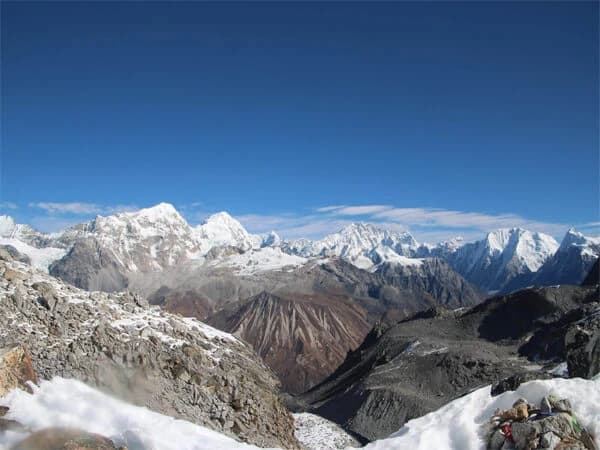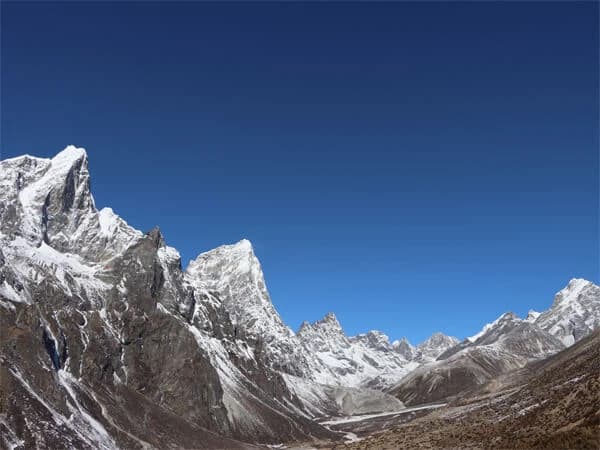Kangla Pass Trek Overview
Opened in 2003 AD, Kangla Pass Trek takes you to the hidden valley of the Northern Himalayas. The Trans-Himalayan valley contains two Bhotia Villages: Nar and Phu. This restricted area trekking in Nepal shows you the genuine culture and nature of Manang district. Although these villages are in Nepal, they are culturally influenced by that Tibetan culture and tradition. Despite their location close to the Annapurna Circuit Trek, it is a less visited place. The lack of infrastructure development and publicity are the prime reasons for this.
Besides this, they have a distinct language from the rest of the other parts of the nation. In The branch of the Sino-Tibetan linguistic family, their native language is called “Nar Phu” or “Narpo”. This is different from that of the Tamangese and Managese languages. Kangla Pass trek takes you to the Disneyland of the Himalayas. These isolated hamlets are distinct in their lifestyle, culture, and tradition. The people are from Tibetan origin, so, they follow their socio-cultural aspects.
Kang La Pass (5,306 m) also connects Nar Phu Valley with the Annapurna Circuit trek. Nar Phu Trek connects the Nar Phu basin with three important Bhotia villages of the Neyshang Valley. You can have the beautiful mountain panorama, ancient villages, and pasturelands of the Himalayas. This valley is a station point for Nepal trekking to other peaks such as Ratna Chuli, Kang Guru, Himlung, and Gyajing Kang.
The children of this region are taught by the education system through religious texts of Buddhism. Here are the historical Tashi Lhakhang Gompa and receive blessings of the local Lama Karma Sonam Rinpoche. From this unexplored valley of the Himalayas, you can have a close view of Annapurna (8,091 m) Massif, Dhaulagiri (8,167 m) Massif, Lamjung Himal, Machhpuchhre Himal and Mt. Manaslu (8,156 m).
Kangla Pass Trek Highlights
- Explore the hidden valley in the north of Manang
- Insights about the unique dialect called “Nar Phu” or “Narpo”
- Astounding sights of the snowy peaks of Annapurna (8,091m), Dhaulagiri (8,167m), Ganesh Himal (7,422m) and Manaslu (8,163m) trekking region
- Cross a high Himalayan pass, Kang La Pass (5,306m)
- Some sections of the Annapurna Circuit trek and Manaslu Circuit trek
- Authentic Tibetan Buddhist culture and tradition unsurpassed
- Off the beaten path track having diverse flora and fauna
- An experience of teahouse trekking in Nepal
Kangla Pass Trek Cost
The Kangla Pass Trek cost of the Nepal trekking package is determined by various particulars included in it. The major particulars are trekking permits, food and accommodation, guide and porter, transportation, and extra expenses. The cost of Nepal trekking permits are different from one Nepal trekking region to another. You can also find the difference in cost in different seasons of the same year. For example, a TIMS Card is mandatory for a FIT. It costs USD 10 for an organized trekking while USD 20 for FIT.
Similarly, restricted area permit cost also varies from one region to another. The cost of food and accommodation is different from lower elevation to higher elevation. As it is difficult to fetch the stuff of food and drinks, the teahouse owners charge you more. As Nar Phu Valley with Kangla Pass trek is not very far from Kathmandu or the Annapurna Circuit Trek cost is reasonable. Above all, Nepal Trekking Routes is always flexible to fix the cost by consulting with its clients. Let’s consult together and determine the cost of this trek.
Kangla Pass Trekking Permits
Nar Phu Valley Kangla Pass trek is a restricted area trekking in Nepal. The Government of Nepal has restricted the Free Individual Trekking (FIT) in this region. It is to protect the native lifestyle, culture, and tradition from foreign invasion. Next, it is close to the border with the Tibetan Plateau. Therefore, the restriction is imposed to prevent any unwanted activities to disturb the diplomatic between Nepal and China. A solo trekking to Naar Phu Valley is not allowed.
You must be in a group of at least two members supported by the registered guide. You need a special trekking permit to do this trek. The cost of this permit is different in different times of the year. Nar Phu Valley restricted area permit costs USD 100 per person for the first 7 days from September to November. You need to pay USD 15 per person for every single additional day. For the same permit, you have to pay USD 75 per person for the first 7 days from December to August. For every additional day, you have to pay USD 10 per person if the given time expires.
To connect the Kangla Pass trek with the Annapurna Circuit trek, you need an Annapurna Conservation Area Permit (ACAP) Entry Permit. You have to pay USD 30 for an ACAP Entry Permit per person per entry. For only the Nar Phu Valley trek, you don’t need a TIMS Card. But, if you want to continue the Annapurna Circuit Trek, you need this also. It costs USD 10 for an organized trek in Nepal and USD 20 for FIT.
Nar Phu Valley and Kangla Trek Map
The Kangla Pass Trek starts from Beshisahar, the gateway to the Annapurna Circuit trek. You go past Ngadi, Jagat and Dharapani to reach Koto. Koto is the border between the Annapurna Circuit trekking region and the Nar Phu Valley trek. By getting your special trekking permit, you enter into the hidden valley of Northen Manang. Then, you move along Dharamsala, Kyang, Phu, Junam and Nar Village. These all stopovers lie in Nar Phu Valley.
After exploring Nar Village, you trek to Nawal via Kang La Pass (5,306 m). From Nawal, you enter Manang Valley which is famous for Thakali food, culture, and tradition. Thakali Cuisine (Daal Bhaat gundruk Ko achar (with fermented green vegetables pickle)) is a brand name all over the country. From Manang, you trek to Timang by crossing Pisang and Chame, the district headquarters of Manang district. Walking up to Chamje, you catch a bus or private jeep to drive back to Kathmandu.
In this way within two weeks, you can complete Nar Phu Kangla Pass trek from Kathmandu. You can even cut short the proposed itinerary by removing Kang La Pass. It makes this trek easier and shorter at the same time.
Kangla Pass Trek Difficulty
Kangla Pass Trek difficulty is moderately challenging off-the-beaten-path trekking to the hidden valley of Manang. The beginning and the ending of this trek are some sections of the Annapurna Circuit trek. Talking about Nar Phu Valley trek difficulty, it is a challenging trek in Nepal as you have to go across a high pass. Kang La Pass (5,306 m) is the highest pass you have to go across. It is one of the high passes in the Himalayas of Nepal. You have to spend more duration of the trek in an altitude above 2,500 m. As soon as you reach a place above the given altitude, there is always a chance for Acute Mountain Sickness (AMS).
Nonetheless, you can avoid AMS by following some safety measures. Drinking enough water, eating hygienic food, and rest at a slow pace by taking enough rest is the first and foremost step. In addition, you should always keep some in your backpack. As soon as you feel dehydrated, fatigued and shortness of breath, you should tell it the guide. He is familiar with trekking at higher altitudes, so he can help in this situation.
Next, you have to follow the rugged trails that gradually ascend and descend at regular intervals. You have to walk for about 6 hours every day along such steep up-and-down tracks. It may be more challenging for beginners and those not have a habit of regular walking and exercise. Kangla Pass Trek in winter may not be quite possible because of its altitude. As it snows heavily in winter, the track to and fro this high pass is blocked. It is impossible to find out the right track as well.

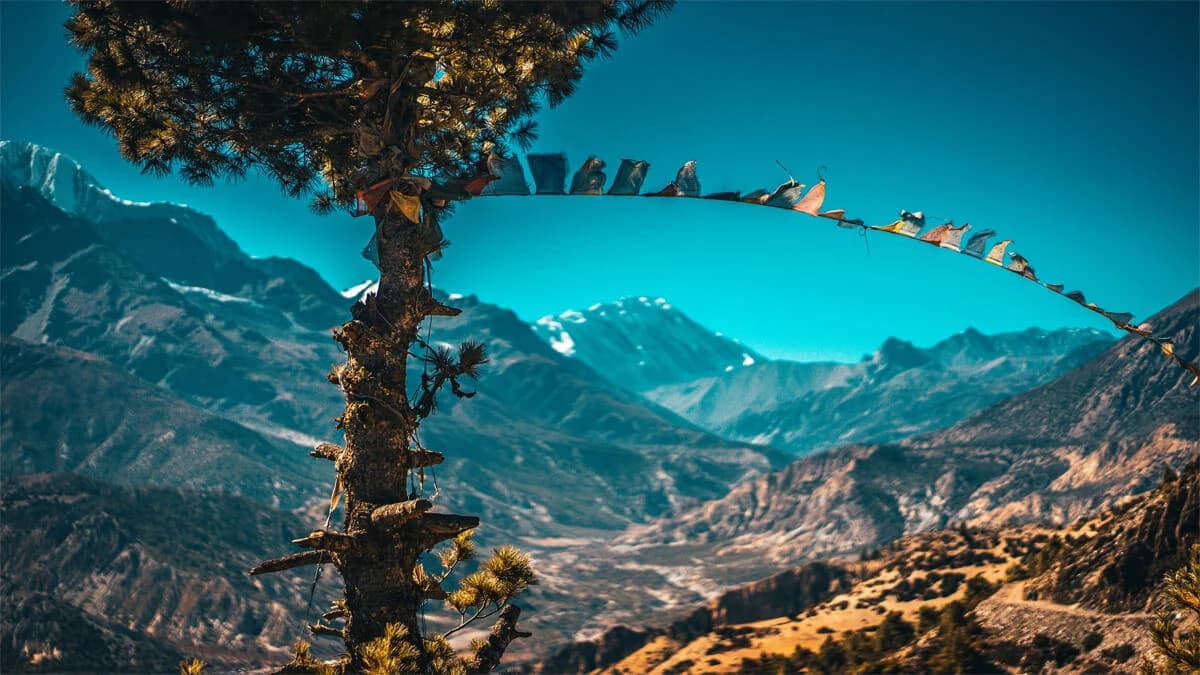
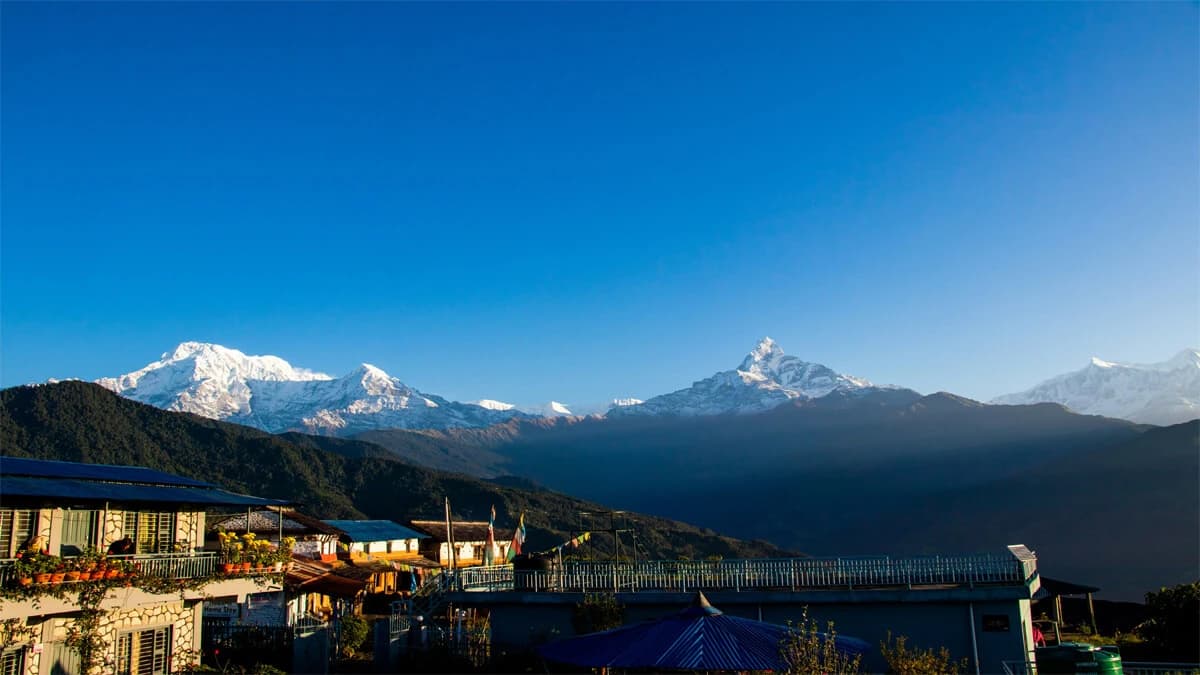
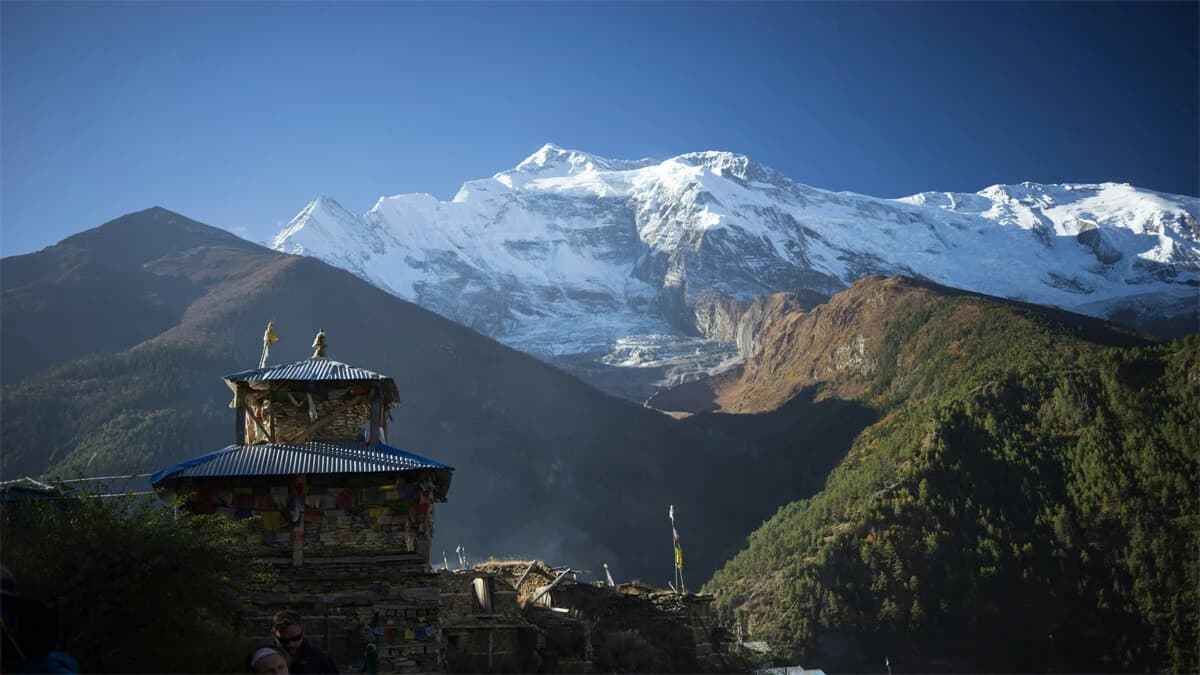
.webp&w=1200&q=75&dpl=dpl_4U3CaZUV3Y5iKdBNPJmVMATJy3AB)
